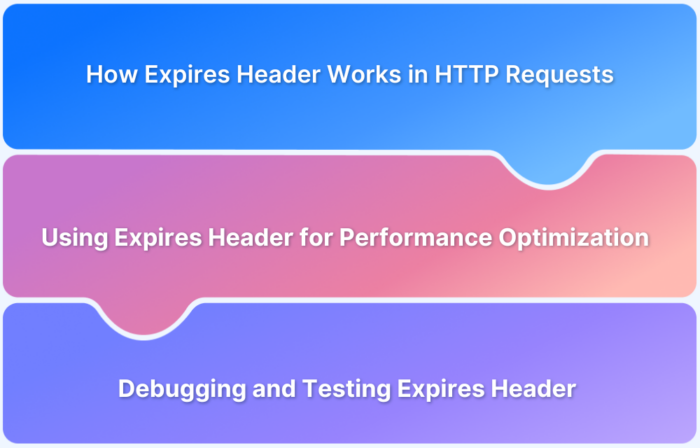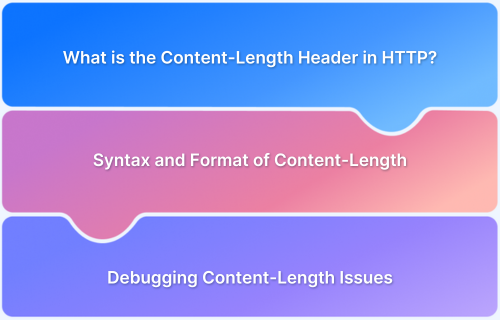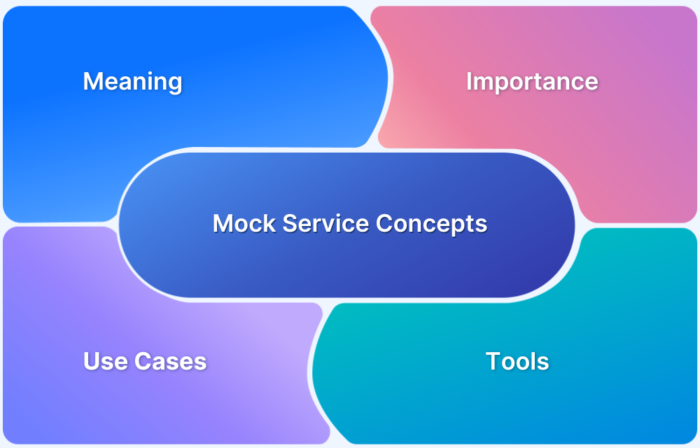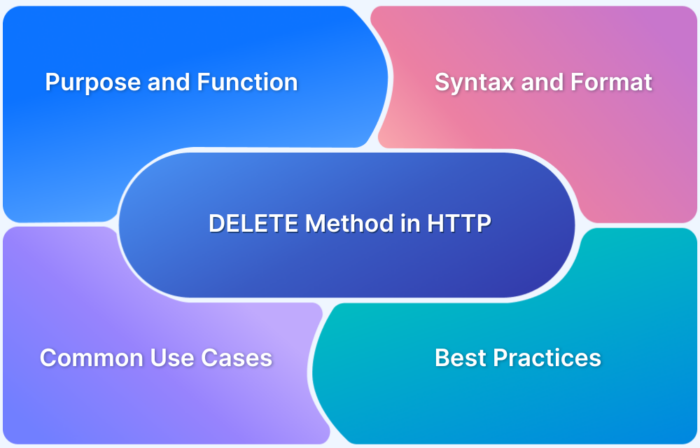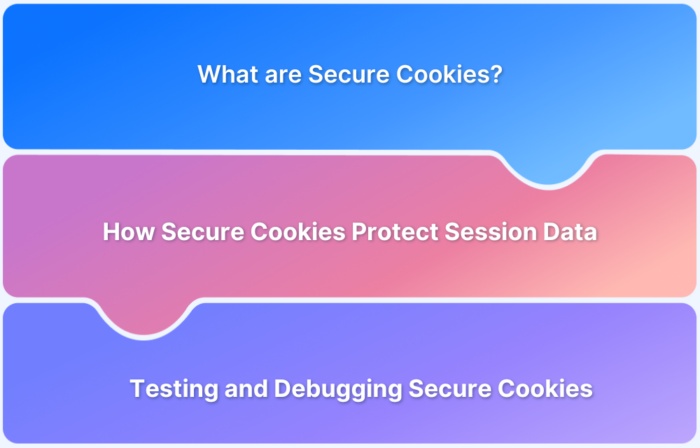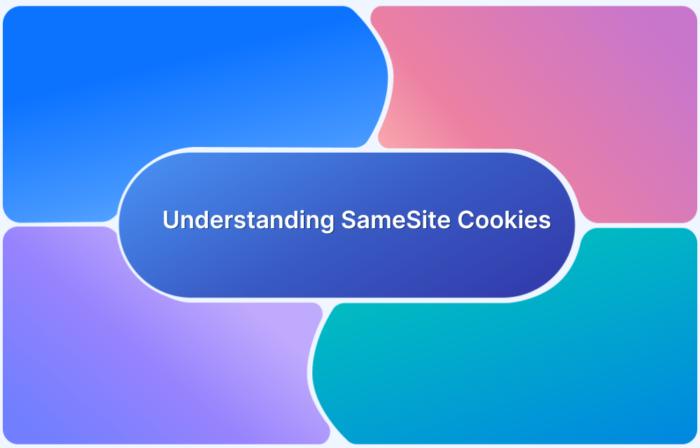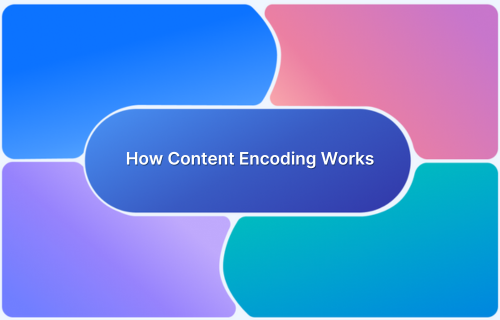Automation Frameworks
-
Understanding Expires Header in HTTP
Explore the Expires header, its role in caching, and how it improves website performance and SEO by controlling resource expiration.
Learn More -
Understanding the Content-Length Header in HTTP
Learn about the Content-Length header in HTTP, its syntax, use cases, and how it affects data transfer efficiency and performance.
Learn More -
WireMock vs MockServer Comparison (and a Better Alternative)
Detailed comparison of WireMock and MockServer covering features, configuration, mocking behavior, support, and real-world testing needs.
Learn More -
Mock Service Concepts & Tools: A Complete Guide
Understand mock service concepts, core patterns, common tools, and practical steps to create mocks for unit, integration, and API tests.
Learn More -
DELETE Method in HTTP
Learn how the DELETE method works in HTTP and REST APIs, including syntax, use cases, response codes, and best practices.
Learn More -
Understanding Secure Cookies
Discover the importance of secure cookies in web security and privacy, and learn how to implement them to protect user data.
Learn More -
Understanding SameSite Cookies
Understand SameSite cookies, their impact on security, and best practices for implementation to enhance privacy and prevent CSRF attacks.
Learn More -
Cookie Header in HTTP: Purpose, Syntax, and Best Practices
Learn how the Cookie header works in HTTP, including its syntax, use cases, limitations, and best practices for secure implementation.
Learn More -
What is Content Security Policy?
Learn about Content Security Policy, its role in securing websites, preventing XSS attacks, and how to implement it effectively for better web security.
Learn More -
How Content Encoding Works and Why It Matters for Website Speed
Learn how content encoding works in HTTP, why it's critical for performance, and how to choose and test formats like gzip and Brotli.
Learn More
